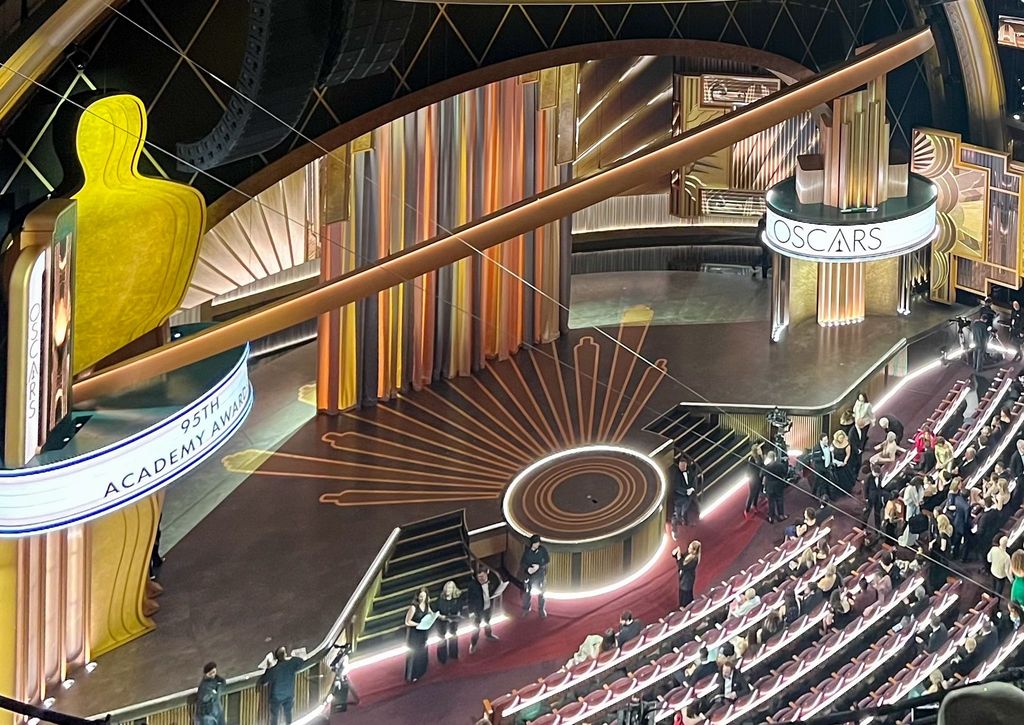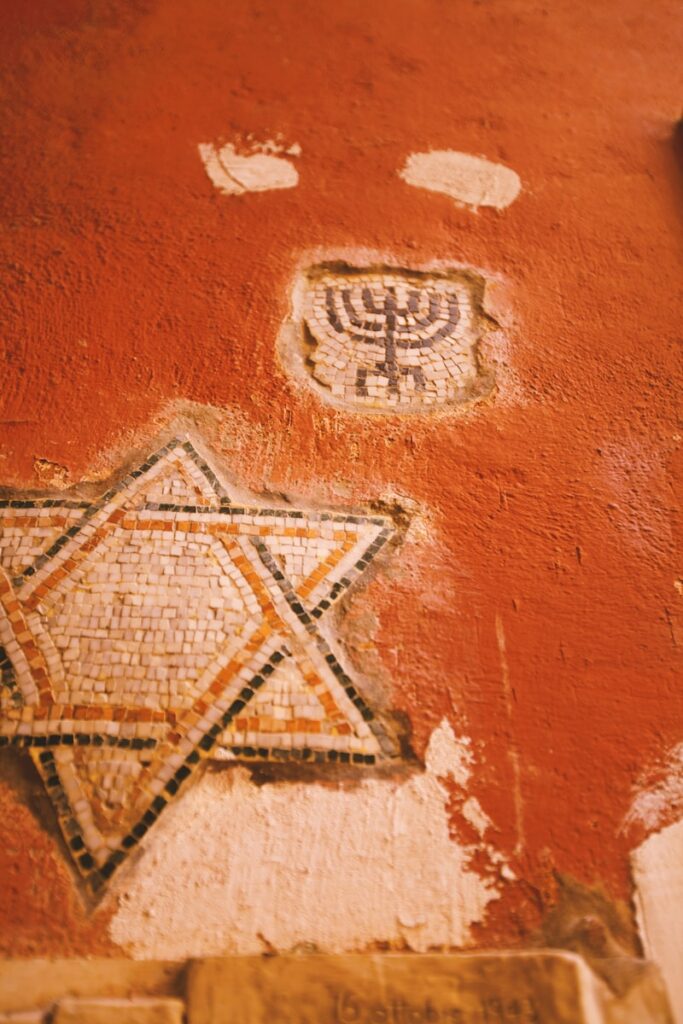
Shaquille O’Neal, a name synonymous with unparalleled dominance and an larger-than-life persona, carved out a legacy as one of basketball’s most imposing figures. Standing at a remarkable 7-foot-1-inch and weighing 325 pounds, his physical presence alone was enough to reshape the game. Beyond the sheer force, however, lay a career rich with defining moments, strategic shifts, and an enduring impact that transcends the hardwood. He is, without question, one of the greatest centers of all time, a four-time NBA champion, and a towering presence in sports history.
While the popular imagination might conjure images of an actual colossal shoe collection, filled with custom-made footwear reflecting his formidable stature, the true measure of O’Neal’s impact lies not just in the literal shoes he wore but in the indelible ‘footprints’ he left across various stages of his life and career. These ‘footprints’ represent the distinct eras of his journey, each marked by unique challenges, triumphs, and the symbolic jersey numbers that adorned his back. From the humble beginnings in high school to the pinnacle of NBA glory, each step contributed to the legend of Shaq.
This in-depth exploration invites you to delve into the curated narrative of Shaquille O’Neal’s ascent, dissecting the pivotal chapters that shaped his storied career. We’ll examine the specific environments that fostered his talent, the teams he propelled to greatness, and the personal and professional decisions that defined his path. Through a sophisticated lens, we’ll trace these significant ‘footprints,’ including his notable association with brands like Reebok, celebrating the multifaceted journey of an athlete who continuously redefined what was possible on and off the court.
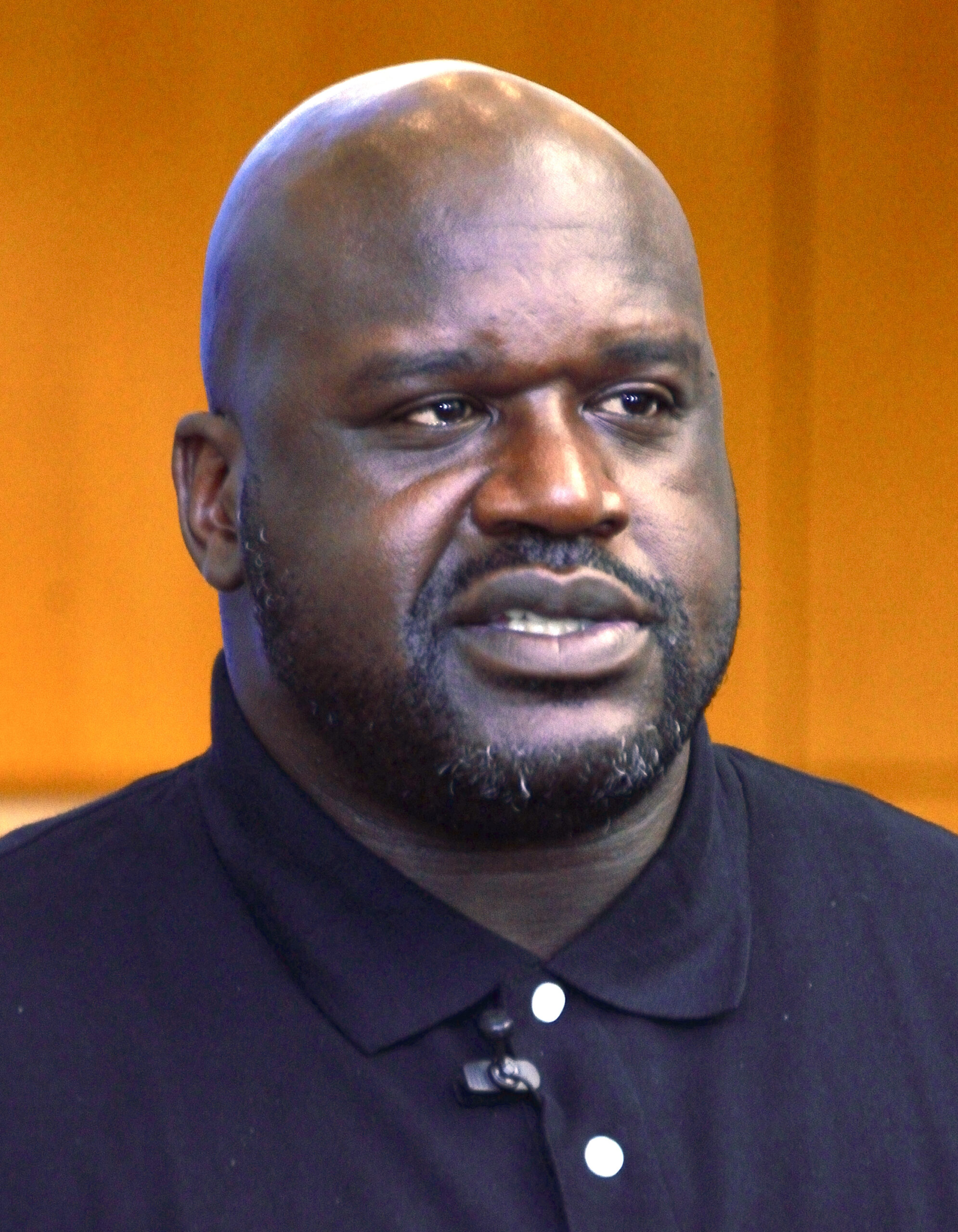
1. **The Genesis of Greatness: Cole High’s #33 Footprint**Shaquille O’Neal’s journey to basketball superstardom began in earnest during his formative years, significantly shaped by his family’s military background. Born in Newark, New Jersey, O’Neal came from a tall family, with his mother standing 6 ft 2 in and his father 6 ft 1 in. By the time he was 13, O’Neal already towered at 6 ft 6 in, an early indicator of the physical gifts that would define his career. His stepfather, Phillip Arthur Harrison, a career Army sergeant, led the family through various postings, including a period in Germany, before eventually settling in San Antonio, Texas.
It was at Robert G. Cole High School in San Antonio that O’Neal began to truly hone his prodigious basketball talent. His rapid growth continued, reaching 6 ft 10 in by age 16, a height that made him an unstoppable force at the high school level. During his two years playing for Cole High, O’Neal led his team to an astonishing 68–1 record, culminating in a state championship during his senior year. His dominance wasn’t merely about scoring; his 791 rebounds during the 1989 season remains a state record for any player in any classification, a testament to his all-around impact.
In recognition of his monumental contributions to the school’s basketball program, Cole High retired O’Neal’s No. 33 jersey in 2014, immortalizing his legacy within its halls. O’Neal himself offered a nuanced perspective on his choice of number, initially stating he wore 33 due to comparisons to Kareem Abdul-Jabbar, who famously wore the same number after successfully executing a sky hook. Later, in 2021, he acknowledged that his admiration for Patrick Ewing also played a significant role in inspiring him to choose number 33, highlighting the layers of influence that shaped his early career.
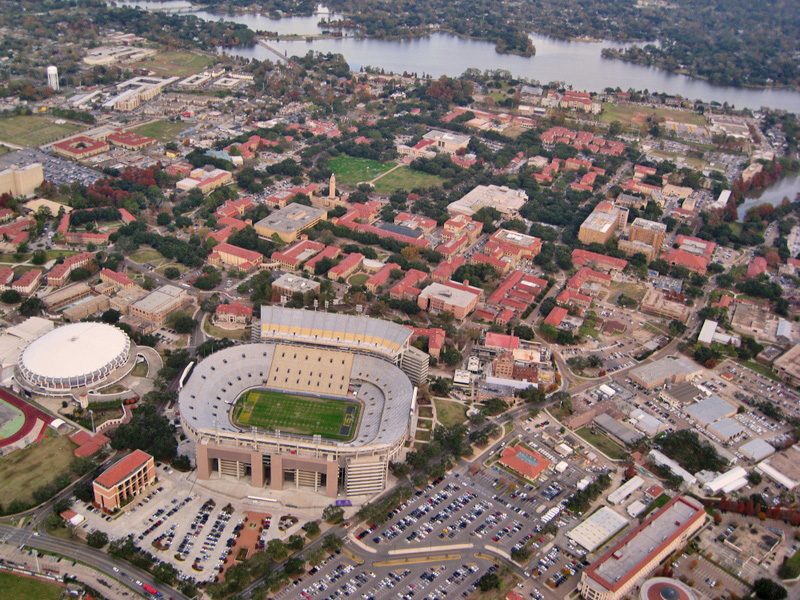
2. **LSU’s Roaring Tiger: The College #33 Era**Following his stellar high school career, Shaquille O’Neal took his talents to Louisiana State University (LSU) in 1989, where he pursued a business degree. His connection to LSU coach Dale Brown had actually begun years prior, during his time in Europe when his stepfather was stationed on a U.S. Army base in Wildflecken, West Germany. This early relationship would prove foundational to his collegiate success and the path his career would take.
While playing under Coach Brown at LSU, O’Neal quickly established himself as a dominant force in college basketball. He was a two-time All-American, a testament to his consistent elite performance, and earned the title of SEC Player of the Year twice. His individual excellence was further recognized in 1991 when he received the prestigious Adolph Rupp Trophy as the NCAA men’s basketball player of the year. The Associated Press and UPI also named him college player of the year, underscoring his widespread recognition as the nation’s premier collegiate athlete.
Although O’Neal departed LSU early to embark on his highly anticipated NBA career, he demonstrated a commitment to his education by continuing his studies even after becoming a professional player. His profound impact on the LSU basketball program was honored with his induction into the LSU Hall of Fame. A lasting tribute to his time there, a commanding 900-pound bronze statue of O’Neal stands proudly in front of the LSU Basketball Practice Facility, serving as a permanent reminder of the roaring tiger who once graced their courts, wearing his iconic #33.
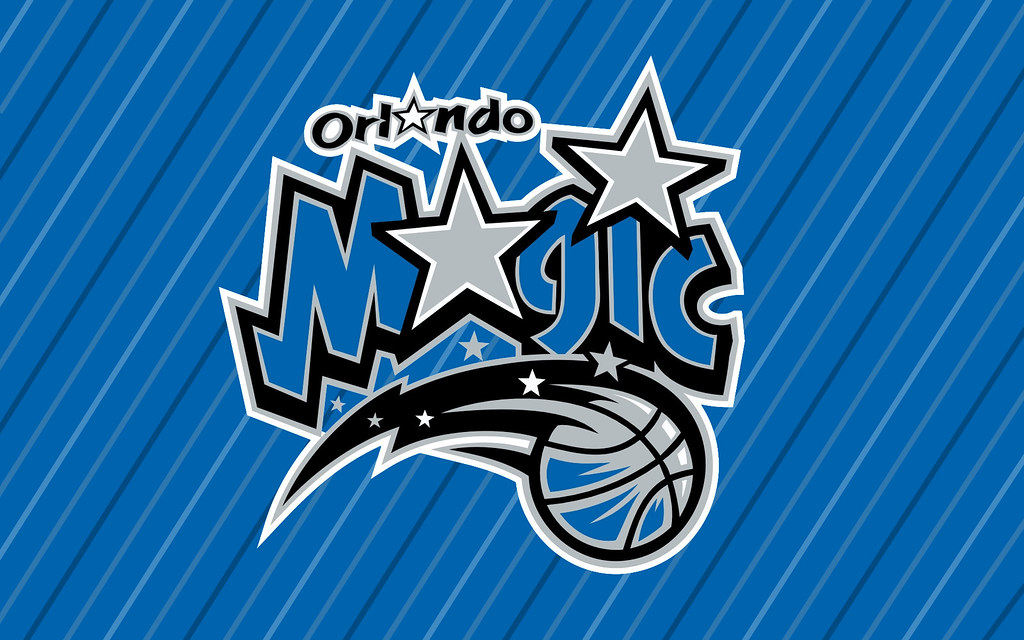
3. **Orlando’s Magic Start: The Debut #32**The 1992 NBA draft marked a pivotal moment in Shaquille O’Neal’s career, as the Orlando Magic selected him with the first overall pick. This signaled the beginning of his professional journey, a path he prepared for by spending time in Los Angeles during the summer before his move to Orlando, where he received tutelage from none other than Hall of Famer Magic Johnson himself. Such a mentorship underscored the immense expectations placed upon the young center.
Upon joining the Magic, O’Neal found that his preferred number, 33, was unavailable due to veteran teammate Terry Catledge’s refusal to relinquish it. Consequently, O’Neal opted for No. 32, a number he explained held personal significance as it was the first number he had worn when he began playing basketball. This seemingly minor detail highlighted the practical adjustments even a future superstar had to make, setting the stage for his adaptation to the professional game.
O’Neal’s impact was immediate and historic. He was named the Player of the Week in his very first week in the NBA, becoming the first player ever to achieve such a feat. Throughout his rookie season, O’Neal averaged an impressive 23.4 points on 56.2% shooting, alongside 13.9 rebounds and 3.5 blocks per game. These extraordinary statistics earned him the 1993 NBA Rookie of the Year award, and he became the first rookie since Michael Jordan in 1985 to be voted an All-Star starter. The Magic, largely buoyed by his presence, finished the season 41–41, a remarkable 20-game improvement from the previous year, narrowly missing the playoffs by a tie-breaker.
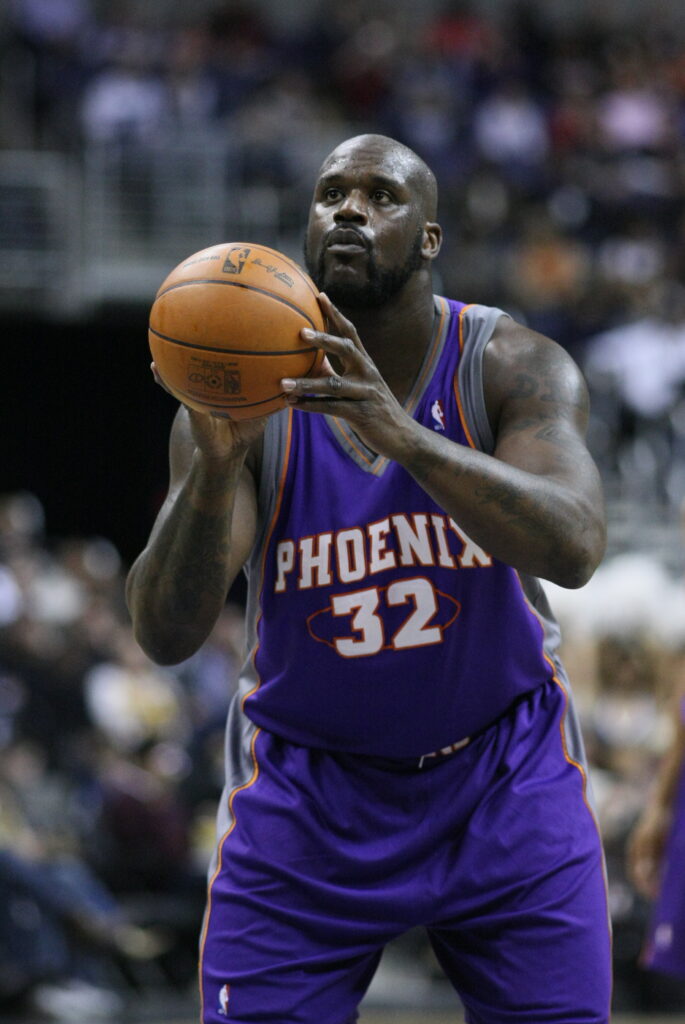
4. **The First Finals Foray: Magic’s #32 Quest for the Ring**Shaquille O’Neal’s second season in Orlando, 1993–1994, saw Brian Hill assume the head coaching duties, with former coach Matty Guokas moving to the front office. Under Hill, O’Neal continued to elevate his game, improving his scoring average to 29.4 points, placing him second in the league behind David Robinson. He also led the NBA in field goal percentage, hitting an efficient 60% of his shots, showcasing his dominance in the paint. A standout performance occurred on November 20, 1993, against the New Jersey Nets, where O’Neal recorded the first triple-double of his career, tallying 24 points, a career-high 28 rebounds, and an equally impressive 15 blocks.
His exceptional play led to another All-Star selection and a spot on the All-NBA 3rd Team. Paired with the newly drafted Anfernee “Penny” Hardaway, O’Neal formed one of the league’s most dynamic duos, driving the Magic to a 50–32 record and their inaugural playoff appearance in franchise history. Despite his formidable averages of 20.7 points and 13.3 rebounds in his first playoff series, the Magic were swept by the Indiana Pacers, providing a harsh but valuable lesson in postseason intensity.
In the 1994–95 season, O’Neal reached new heights, leading the NBA in scoring with a 29.3 point average. He finished second in MVP voting to David Robinson and made his third consecutive All-Star Game alongside Hardaway. The Magic achieved a 57–25 record, securing the Atlantic Division crown, and embarked on a thrilling playoff run. They defeated the Boston Celtics, then famously bested Michael Jordan’s Chicago Bulls in the conference semifinals, and overcame Reggie Miller’s Indiana Pacers to reach the NBA Finals, a first for the franchise.
O’Neal’s performance in his first Finals appearance against the defending champion Houston Rockets was impressive, averaging 28 points on 59.5% shooting, 12.5 rebounds, and 6.3 assists. However, despite his individual brilliance, the Rockets, led by future Hall-of-Famers Hakeem Olajuwon and Clyde Drexler, swept the series in four games. The subsequent 1995–96 season saw O’Neal battling injuries, missing 28 games, yet still averaging 26.6 points and 11 rebounds. The Magic finished with a strong 60–22 record but were ultimately swept by Jordan’s 72-win Bulls in the Eastern Conference finals, signaling the end of an era for O’Neal in Orlando.

5. **Lakers Dynasty Begins: The Iconic #34 Arrival**Following the 1995–96 NBA season, Shaquille O’Neal entered free agency, a period marked by significant reflection and public scrutiny. In the summer of 1996, while training with the United States Olympic basketball team in Orlando, a local poll published by the Orlando Sentinel inquired if the Magic should fire head coach Brian Hill if it was a condition for O’Neal’s return. An overwhelming 82% responded “no,” highlighting a growing sentiment of public dissatisfaction with O’Neal’s perceived power struggle with Hill. Further exacerbating the situation, 91.3% of respondents to another poll question deemed O’Neal “not worth $115 million,” referring to the Magic’s offer. These polls, coupled with media implications about his personal life, left O’Neal feeling a lack of privacy, which he likened to “feeling like a big fish in a dried-up pond.”
Compounding his unease, O’Neal learned that teammate Penny Hardaway considered himself the leader of the Magic and was uncomfortable with O’Neal earning more money. This combination of public perception, team dynamics, and personal frustration led O’Neal to make a monumental decision. While with the Olympic team in Atlanta, the media announced his agreement to join the Los Angeles Lakers on a staggering seven-year, $121 million contract. O’Neal, however, insisted his choice wasn’t driven by money, famously stating, “I’m tired of hearing about money, money, money, money, money. I just want to play the game, drink Pepsi, wear Reebok.”
Upon arriving in Los Angeles, O’Neal once again faced a jersey number change. The No. 32 he wore in Orlando was retired in honor of Magic Johnson, and the No. 33 he sported at LSU was retired for Kareem Abdul-Jabbar. O’Neal chose No. 34, a deeply personal decision made in honor of his stepfather, who had worn that number in the Army. In his inaugural season with the Lakers, the team secured 56 wins, with O’Neal averaging 26.2 points and 12.5 rebounds, despite missing over 30 games due to injury. The Lakers made the playoffs but were eliminated in the second round by the Utah Jazz in five games.
O’Neal quickly left his mark on the Lakers’ playoff history, scoring 46 points against the Portland Trail Blazers in his first playoff game for the team—the most since Jerry West’s 53 points in 1969. His physical presence was also evident in a December 1996 incident where he shoved Dennis Rodman of the Chicago Bulls, prompting Rodman’s teammates to intervene. The Los Angeles Daily News reported O’Neal’s readiness for a suspension, with him asserting, “It’s one thing to talk tough and one thing to be tough,” showcasing his fierce competitive spirit and his determination to establish his presence within the league.
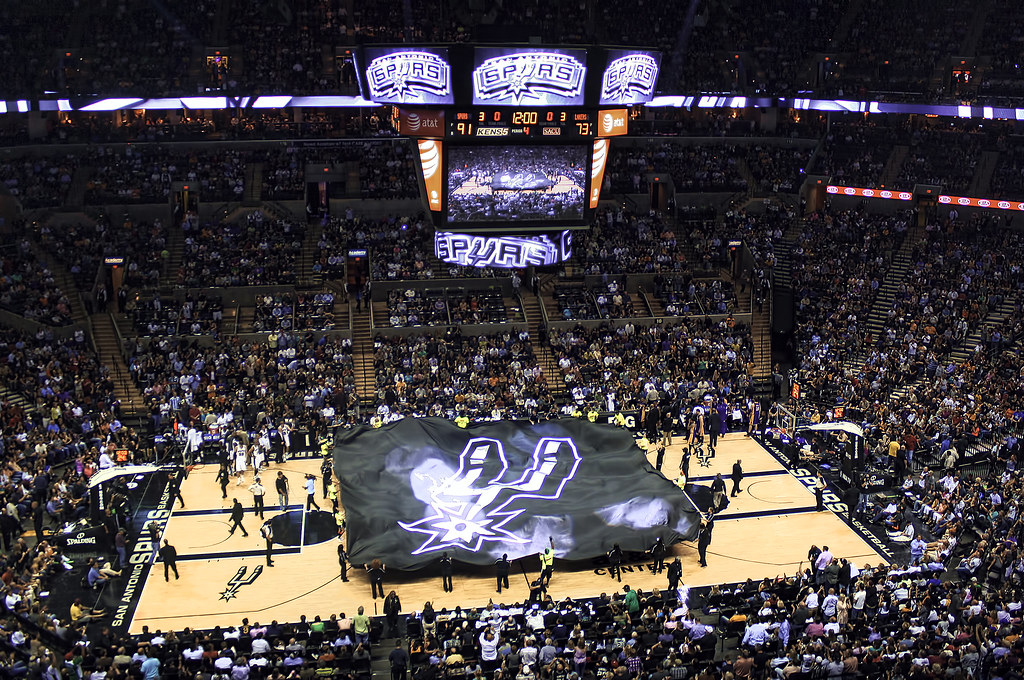
6. **The Rise of a King: Lakers’ #34 MVP Season**The following season, 1997–98, Shaquille O’Neal continued to assert his dominance, averaging 28.3 points and 11.4 rebounds. He led the league with an impressive 58.4 field goal percentage, marking the first of four consecutive seasons where he achieved this distinction. The Lakers finished the season with a strong 61–21 record, securing first place in the Pacific Division and earning the second seed in the Western Conference playoffs. However, their postseason aspirations were once again thwarted by the Utah Jazz, who swept them 4–0, highlighting the challenges the team faced in reaching the Finals.
Expectations for the Lakers soared with the dynamic tandem of O’Neal and teenage superstar Kobe Bryant. Yet, the 1998–99 season was characterized by instability and personnel shifts. Long-time Laker point guard Nick Van Exel was traded, and Eddie Jones was packaged with Elden Campbell for Glen Rice, a move driven by O’Neal’s demand for a shooter. Coach Del Harris was fired, with Kurt Rambis finishing the lockout-shortened season as head coach. Despite these changes, the Lakers finished 31–19 and made the playoffs, only to be swept by the San Antonio Spurs, led by Tim Duncan and David Robinson, in the second round, who ultimately went on to win their first NBA title.
Before the 1999–2000 season, the Lakers hired the revered Phil Jackson as head coach, a move that dramatically altered the team’s trajectory. Jackson immediately challenged O’Neal, telling him, “the [NBA’s] MVP trophy should be named after him when he retired,” inspiring a renewed focus. O’Neal’s determination was evident in a November 10, 1999, game against the Houston Rockets, where he and Charles Barkley were ejected after O’Neal shoved Barkley following a blocked layup, and Barkley responded by throwing the ball at him. On his 28th birthday, March 6, 2000, O’Neal delivered a career-high 61 points, along with 23 rebounds and 3 assists, in a dominant 123–103 win over the Los Angeles Clippers, a performance that stood as the last 60-point game without a 3-pointer until Giannis Antetokounmpo in 2023.
That season, O’Neal was deservedly voted the 1999–2000 regular season Most Valuable Player, missing a unanimous vote by a single ballot (Fred Hickman chose Allen Iverson). He also clinched the scoring title, finished second in rebounds, and third in blocked shots. Jackson’s influence fostered a new commitment to defense, earning O’Neal his first All-Defensive Team selection (second-team) in 2000. This season marked the culmination of his individual prowess, perfectly aligning with the team’s newfound cohesion under Jackson, leading to the first of what would be three consecutive championships.
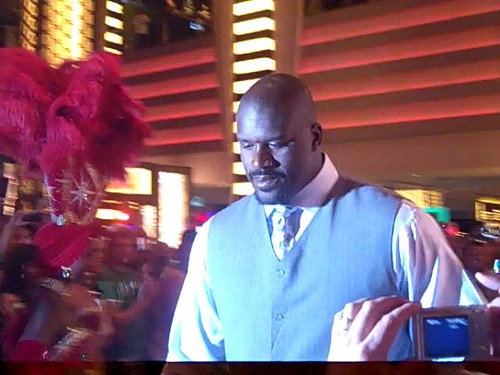
7. **Three-Peat Dominance: The Lakers’ #34 Zenith**Following their initial championship, the O’Neal-Bryant tandem and Phil Jackson’s triangle offense solidified the Lakers’ status as a dominant force. In the 2001 NBA Finals against the Philadelphia 76ers, O’Neal found himself embroiled in controversy, fouling out in Game 3 after backing over Dikembe Mutombo, the reigning Defensive Player of the Year. O’Neal sharply criticized Mutombo’s actions, stating, “I didn’t think the best defensive player in the game would be flopping like that. It’s a shame that the referees buy into that. I wish he’d stand up and play me like a man instead of flopping and crying every time I back him down,” a quote that reflected his disdain for what he perceived as exaggerated contact.
A month before the 2001–02 season’s training camp, O’Neal underwent corrective surgery for a claw toe deformity in the smallest toe of his left foot, opting for a less invasive procedure to ensure a quicker return. Despite being ready for the season’s start, the toe frequently bothered him, impacting his trademark mobility. In January 2002, he was involved in a spectacular on-court brawl during a game against the Chicago Bulls, punching center Brad Miller after an intentional foul. The incident escalated into a melee involving Miller, Charles Oakley, and other players, resulting in a three-game suspension and a $15,000 fine for O’Neal. For the season, O’Neal averaged 27.2 points and 10.7 rebounds, impressive numbers despite being less of a defensive force due to his nagging toe injury.
The 2002 Western Conference Finals against the Sacramento Kings brought another memorable O’Neal quote. He asserted, “There is only one way to beat us. It starts with c and ends with t,” alluding to alleged flopping by Kings center Vlade Divac. O’Neal dismissed Divac as “she” and reiterated his personal philosophy: “I’m a guy with no talent who has gotten this way with hard work,” claiming he would never exaggerate contact for a foul. After the 2001–02 season, O’Neal expressed to friends his profound discomfort, not wanting another season of limping and constant pain from his big right toe. He weighed options ranging from reconstructive surgery to relying on shoe inserts and anti-inflammatory medication, wary of the long-term effects of frequent medication consumption, indicating a deep concern for his career and physical well-being.
Ultimately, O’Neal and Bryant, guided by Phil Jackson’s strategic genius and the efficacy of the triangle offense, achieved unprecedented success. They led the Lakers to three consecutive NBA titles in 2000, 2001, and 2002, firmly establishing a dynasty. O’Neal was named the MVP of the NBA Finals on all three occasions, a testament to his commanding performances on the game’s biggest stage. Furthermore, he holds the distinction of having the highest scoring average for a center in NBA Finals history, cementing his legacy as a singularly dominant force whose #34 jersey became synonymous with a golden era of basketball excellence.”
Having established his dominance in Los Angeles, Shaquille O’Neal’s career narrative continued its fascinating evolution, taking him from the glittering lights of Hollywood to the sun-drenched shores of Miami, the desert expanse of Phoenix, the loyal heart of Cleveland, and the historic tradition of Boston. Each transition brought new challenges, rekindled motivations, and further cemented his status as a legendary figure whose influence extended far beyond the game itself. These distinct chapters reveal the multifaceted nature of a player constantly seeking new avenues for success and impact, leaving indelible ‘footprints’ with every step.
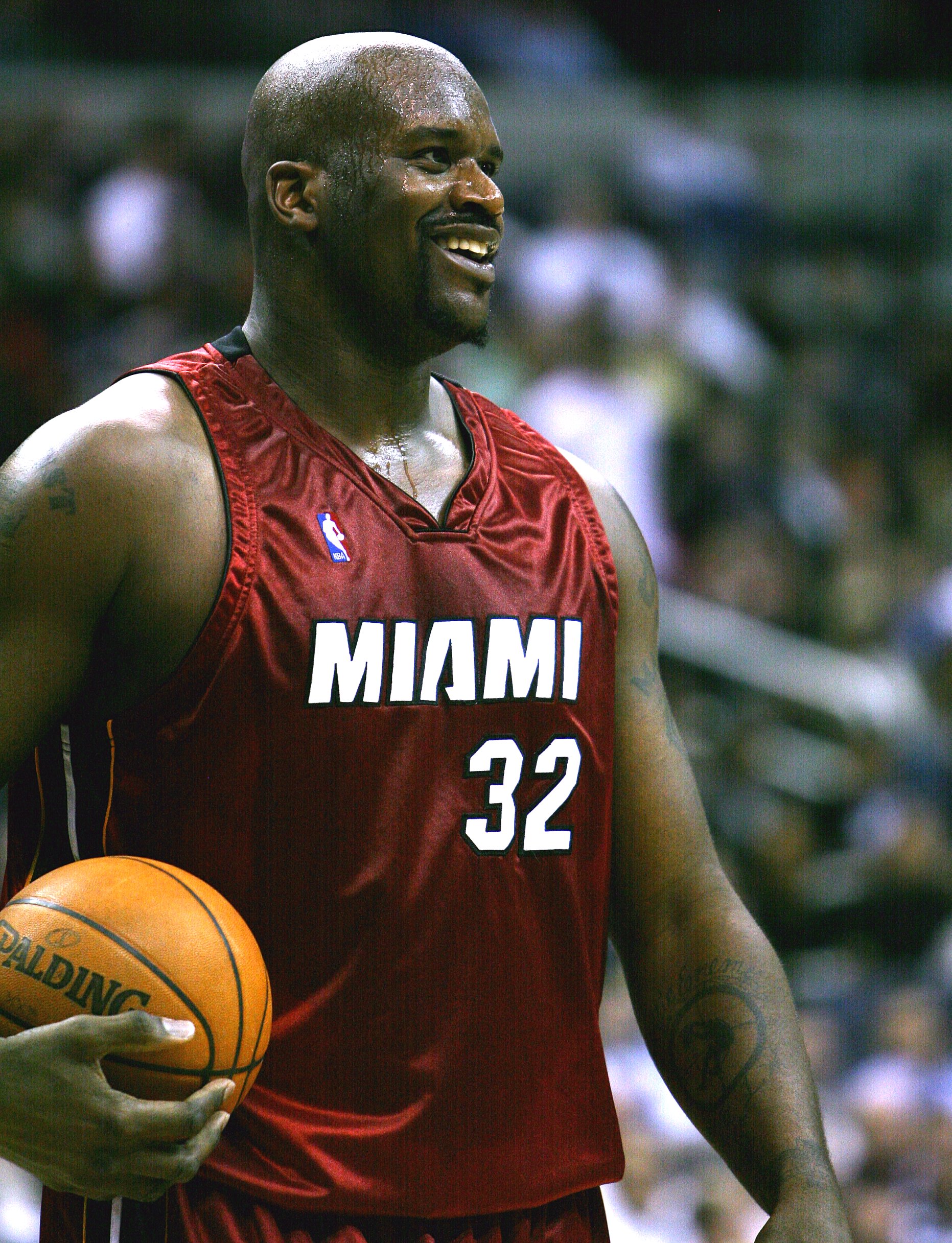
8. **Miami Heat: The #32 Championship Promise**The summer of 2004 marked a significant turning point for Shaquille O’Neal, as the simmering tensions with Kobe Bryant in Los Angeles finally boiled over, leading to his trade to the Miami Heat on July 14. In exchange for Caron Butler, Lamar Odom, Brian Grant, and a future first-round draft choice, O’Neal embarked on a new chapter. Upon joining the Heat, he reverted to his earlier jersey number, No. 32, a poignant return to the digit he first wore in Orlando, symbolizing a fresh start and a renewed commitment to championship aspirations.
O’Neal arrived in Miami with a clear and ambitious promise to the fans: he would bring a championship to the city. He cited the presence of the burgeoning star Dwyane Wade, whom he affectionately nicknamed “Flash,” as a primary motivation for his move, recognizing the potential for a formidable partnership. This new-look Heat squad, energized by O’Neal’s presence, dramatically exceeded expectations, clinching the best record in the Eastern Conference during the 2004–05 season with an impressive 59 wins.
Individually, O’Neal proved he was still an elite force, playing in 73 games—his most since the 2001 season—and averaging 22.9 points, 10.4 rebounds, and 2.3 blocks per game. His consistent excellence earned him a 12th consecutive All-Star Team selection, a spot on the All-NBA 1st Team, and the Eastern Conference Player of the Month award for his dominant performance in March. In what was one of the closest votes in NBA history, O’Neal narrowly missed out on the 2004–05 MVP Award, finishing runner-up to Phoenix Suns guard Steve Nash, a testament to his continued impact.
Despite these individual accolades and team success, their postseason journey ended in disappointment. Hobbled by a deep thigh bruise, O’Neal valiantly led the Heat to the Eastern Conference Finals, pushing the defending champion Detroit Pistons to a grueling Game 7, only to lose by a narrow margin. Following the series, O’Neal and others openly criticized Heat head coach Stan Van Gundy for what they perceived as an insufficient number of plays called for O’Neal. Nevertheless, in August 2005, O’Neal demonstrated his commitment to the franchise by signing a five-year, $100 million extension, a decision seen by many as a pay cut given his stature, but applauded by supporters as a move to secure his long-term services for Miami’s championship quest.
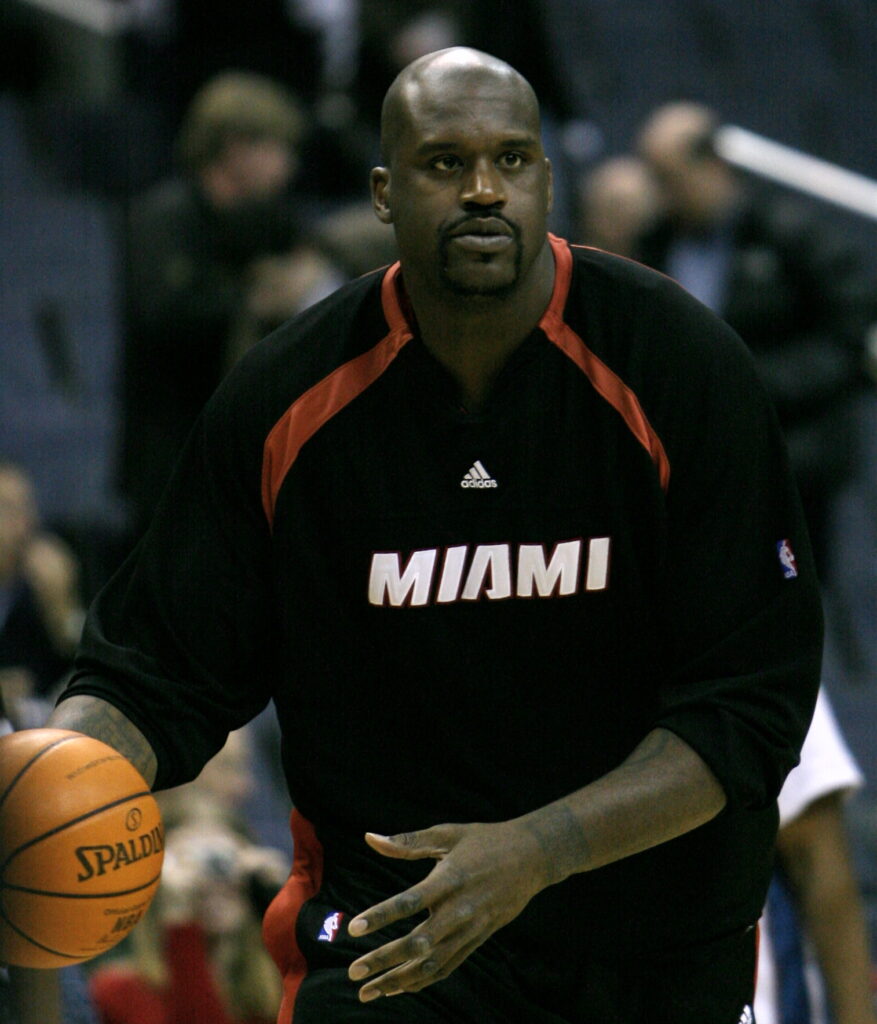
9. **Forging a New Dynasty: Miami’s #32 Fourth Ring**The 2005–06 season began with an unfortunate setback as O’Neal injured his right ankle in the second game, forcing him to miss the subsequent 18 games. Upon his return, a significant shift in leadership occurred when Stan Van Gundy resigned, citing family reasons, and the venerable Pat Riley stepped back into the head coaching role. O’Neal, never one to mince words, later referred to Van Gundy as a “frontrunner” and a “master of panic,” revealing the underlying tensions that had existed.
Under Riley’s careful management, O’Neal’s minutes were strategically limited to a career low, a decision Riley believed would ensure O’Neal was healthier and fresher for the crucial playoff push. Despite averaging career lows or near-lows in points, rebounds, and blocks during the regular season, O’Neal maintained his characteristic focus on team success over individual statistics, famously stating, “Stats don’t matter. I care about winning, not stats. If I score zero points and we win I’m happy. If I score 50, 60 points, break the records, and we lose, I’m pissed off. ‘Cause I knew I did something wrong. I’ll have a hell of a season if I win the championship and average 20 points a game.”
His performance began to surge in the latter half of the season, culminating in his second career triple-double on April 11, 2006, against the Toronto Raptors, with 15 points, 11 rebounds, and a career-high 10 assists. O’Neal finished the season as the league leader in field goal percentage, demonstrating his continued efficiency in the paint. The Heat’s postseason journey began against the younger Chicago Bulls, with O’Neal delivering dominant performances, including 27 points, 16 rebounds, and 5 blocks in Game 1, helping Miami take a 2–0 lead. Despite Chicago tying the series, Miami ultimately closed it out in six games, highlighted by another commanding 30-point, 20-rebound effort from O’Neal in the decisive Game 6.
Advancing to face the New Jersey Nets, the Heat dropped Game 1 but then reeled off four consecutive victories, setting up a highly anticipated rematch with the Detroit Pistons. The Pistons, still reeling from the previous year’s upset, struggled to contain Dwyane Wade, while O’Neal contributed crucial performances, including 21 points and 12 rebounds in Game 3, and 27 points and 12 boards in Game 4, helping Miami secure a 3–1 series lead. After dropping Game 5, the Heat closed out the series in Game 6, with O’Neal scoring 28 points, grabbing 16 rebounds, and blocking 5 shots, propelling Miami to their first-ever NBA Finals.
In the 2006 NBA Finals, the Miami Heat, considered underdogs against Dirk Nowitzki’s Dallas Mavericks, found themselves down 0–2 after two dominating losses on the road. However, fueled by Wade’s extraordinary offensive brilliance and balanced contributions from O’Neal, Antoine Walker, and Jason Williams, the Heat staged a remarkable comeback, winning the next three games at home and then clinching Game 6 in Dallas. This improbable victory secured the franchise’s first NBA title and, for O’Neal, his coveted fourth championship ring. While Wade carried the primary offensive burden, O’Neal’s pivotal role as a defensive anchor and interior presence was undeniable, as he averaged 13.7 points and 10.2 rebounds for the series, proving that his impact transcended mere scoring statistics.
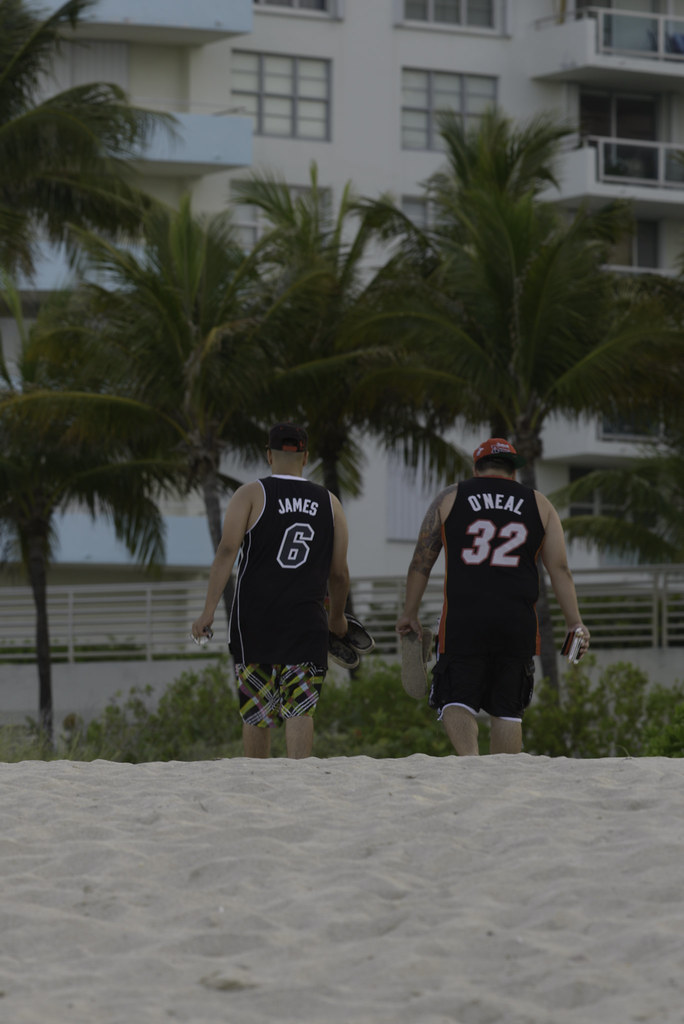
10. **Challenges and Transitions: Miami’s #32 Later Years**The 2006–07 season proved to be a challenging one for Shaquille O’Neal. In November, he suffered an injury to his left knee that necessitated surgery, forcing him to miss 35 games. During this period, the Heat’s struggles were compounded by O’Neal’s absence, and a particularly sharp public exchange occurred when O’Neal, after missing a Christmas Day match-up against the Lakers, controversially dubbed his former coach Phil Jackson “Benedict Arnold.” This was in response to Jackson’s earlier comment that O’Neal was “probably” the only player he coached who wasn’t a worker, highlighting the enduring complexities of their relationship.
The Heat’s performance declined significantly during O’Neal’s time on the sidelines. However, upon his return, the team rallied, winning seven of their next eight games, providing a glimpse of their potential. Unfortunately, more bad luck struck when Dwyane Wade dislocated his left shoulder, leaving O’Neal once again as the sole focal point of the team. Critics questioned whether O’Neal, now in his mid-30s, possessed the capacity to single-handedly carry the team into the playoffs. Despite these doubts, the Heat embarked on a crucial winning streak, ultimately securing a playoff berth against the Cleveland Cavaliers on April 5.
In a rematch of the previous year’s Eastern Conference finals opponent, the Heat faced the Chicago Bulls in the first round of the 2006–07 NBA playoffs. Despite O’Neal posting reasonable individual numbers, he was unable to dominate the series as he once had, and the Heat were swept by the Bulls. This marked a historic moment, as it was the first time in 50 years that a defending NBA champion had been swept in the opening round, and a notable personal low for O’Neal, being the first time in 13 years that he failed to advance past the first round of the playoffs. Despite this, the season saw O’Neal reach the significant milestone of 25,000 career points, becoming the 14th player in NBA history to achieve it, though it was also the first season his scoring average dipped below 20 points per game.
The 2007–08 season brought further struggles for O’Neal, as he averaged career lows in points, rebounds, and blocks. His role within the Heat offense diminished considerably, with his field goal attempts dropping to just 10 per game, a stark contrast to his career average of 17. Compounding these issues, O’Neal was plagued by foul trouble, famously fouling out of five consecutive games during one stretch. This marked the end of an incredible era, as his streak of 14 straight All-Star appearances concluded that season, a clear indicator of his declining physical capabilities.
As the team endured a painful 15-game losing streak, O’Neal himself missed games due to injury, a situation that led to significant friction with head coach Pat Riley, whom O’Neal later stated believed he was faking the injury. The relationship between the two completely deteriorated during a practice in February 2008 when O’Neal engaged in an altercation with Riley over the coach’s decision to order a tardy Jason Williams to leave. The confrontation escalated to O’Neal poking Riley in the chest, with Riley slapping his finger away. This incident proved to be the final straw, as Riley decided shortly thereafter to trade O’Neal. Reflecting on his departure, O’Neal acknowledged that his relationship with Dwyane Wade was also not “all that good” by the time he left Miami, though he didn’t fault Wade for not defending him. He played 33 games for the Heat that season, averaging 14.2 points before his next move.
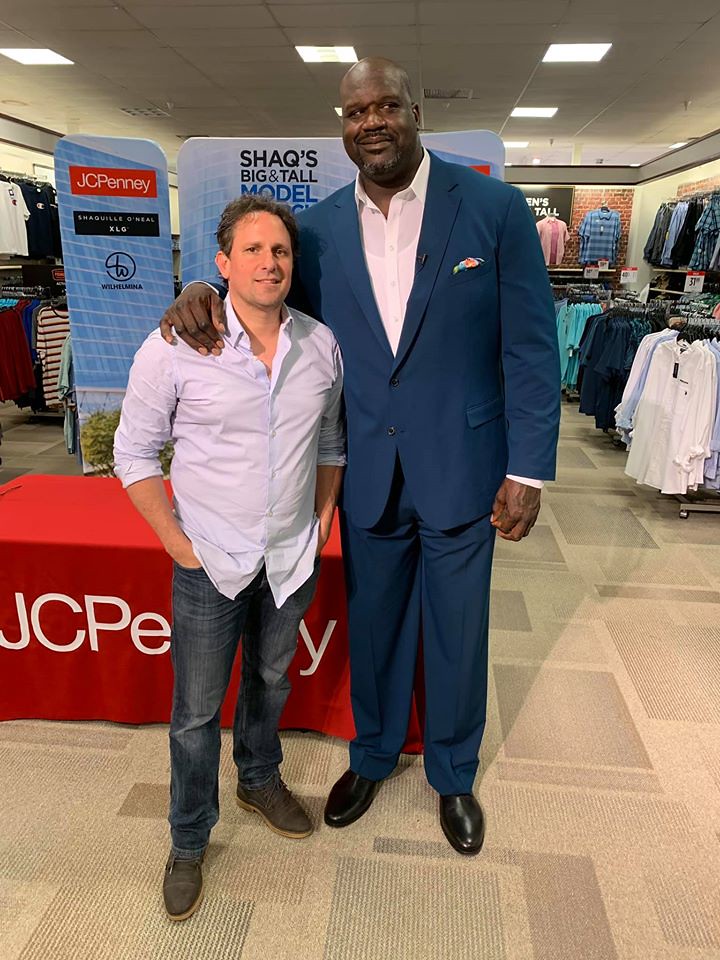
11. **Desert Phoenix: The Suns’ #32 Resurgence**In February 2008, Shaquille O’Neal’s journey continued as he was traded to the Phoenix Suns from the struggling Miami Heat, a team with a dismal 9–37 record at the time. In exchange for Shawn Marion and Marcus Banks, O’Neal joined the Suns, making his debut on February 20 against his former Lakers team. Despite a 130–124 loss, where O’Neal contributed 15 points and 9 rebounds, he remained remarkably upbeat in the post-game press conference, stating, “I will take the blame for this loss because I wasn’t in tune with the guys… But give me four or five days to really get in tune and I’ll get it,” signaling his characteristic optimism and belief in his ability to adapt.
Over the remainder of the 2007–08 regular season, O’Neal averaged 12.9 points and 10.6 rebounds in 28 games, helping the Suns secure a playoff berth. A key strategic motivation for acquiring O’Neal was specifically to counter Tim Duncan in a potential postseason matchup against the San Antonio Spurs, a team that had eliminated the Suns in six games during the 2007 NBA Playoffs. However, despite the addition of O’Neal, the Suns once again faced the Spurs in the first round and were eliminated in five games, with O’Neal averaging 15.2 points, 9.2 rebounds, and 1.0 assists per game in the series.
O’Neal expressed a clear preference for his new situation in Phoenix compared to his previous tenure with the Heat, proclaiming, “I love playing for this coach and I love playing with these guys. We have professionals who know what to do. No one is asking me to play with [his former Heat teammates] Chris Quinn or Ricky Davis. I’m actually on a team again.” This candid assessment, which led to an expletive-laden response from Pat Riley, underscored O’Neal’s renewed satisfaction. He also credited the Suns’ training staff with prolonging his career, highlighting their innovative approach to connecting his arthritic toe (hallux rigidus) to alterations in his jump, leading to a focus on building core strength, flexibility, and balance to alleviate strain.
The 2008–09 season saw a notable resurgence in O’Neal’s performance. Through the first 41 games, he averaged an impressive 18 points, 9 rebounds, and 1.6 blocks, helping guide the Suns to a 23–18 record and second place in their division. His rejuvenated play earned him a return to the All-Star Game in 2009, where he was deservedly named co-MVP alongside his former Lakers teammate, Kobe Bryant, showcasing that even in his late 30s, O’Neal could still perform at an elite level. On February 27, 2009, he rolled back the years with a spectacular 45-point, 11-rebound performance against the Toronto Raptors, marking his 49th career 40-point game in a 133–113 victory.
However, the season wasn’t without its moments of contention. In a March 3, 2009, matchup against the Orlando Magic, O’Neal was outscored by Magic center Dwight Howard, 21–19. O’Neal, ever the pragmatist, acknowledged, “I’m really too old to be trying to outscore 18-year-olds,” referring to the then 23-year-old Howard. During the game, O’Neal controversially flopped against Howard, drawing criticism from his former coach Stan Van Gundy, who urged, “Let’s stand up and play like men.” O’Neal retorted, “Flopping is playing like that your whole career. I was trying to take the charge, trying to get a call. It probably was a flop, but flopping is the wrong use of words. Flopping would describe his coaching.” This exchange reignited the debate around flopping and O’Neal’s own past staunch opposition to it. Despite his strong individual performances, the Suns missed the playoffs that year for the first time since O’Neal’s rookie season in 1992–93, leading to him being named to the All-NBA Third Team, but ultimately facing a trade to cut costs.
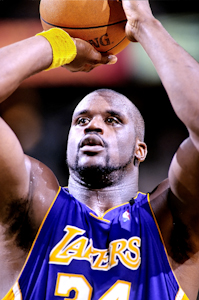
12. **”Ring for the King”: Cleveland’s #33 Quest**On June 25, 2009, Shaquille O’Neal continued his tour of NBA contenders, being traded to the Cleveland Cavaliers in exchange for Ben Wallace, Sasha Pavlovic, $500,000, and a 2010 second-round draft pick. This move placed O’Neal alongside arguably the league’s most dominant player, LeBron James, and upon his arrival in Cleveland, O’Neal famously declared his new mission: “My motto is very simple: Win a Ring for the King,” unequivocally deferring to James as the leader of the team.
The union of O’Neal’s veteran presence and James’s unparalleled athleticism created significant buzz and lofty expectations for the Cavaliers. However, O’Neal’s season was marred by an unfortunate injury on February 25, 2010, when he suffered a severe right thumb injury while attempting a shot against Glen Davis of the Boston Celtics. The injury required surgery on March 1, sidelining him for a critical period of the regular season.
Despite the setback, O’Neal demonstrated his dedication by returning to play in time for the first round of the playoffs. The Cavaliers, a formidable force with O’Neal contributing when healthy, successfully defeated the Chicago Bulls in the opening round. Their championship aspirations, however, were ultimately thwarted in the second round, where they lost to the experienced Boston Celtics, a team that would go on to represent the Eastern Conference in the Finals.
In September 2016, reflecting on that season, O’Neal expressed a strong belief that a championship had slipped through their grasp, stating, “When I was in Cleveland, we were in first place. Big Baby [Glen Davis] breaks my hand and I had to sit out five weeks late in the year. I come back finally in the first round of the playoffs, and we lost to Boston in the second round. I was upset. I know for a fact if I was healthy, we would have gotten it done that year and won a ring.” Despite his conviction, O’Neal’s statistics for the 2009–10 season reflected career lows in almost every major statistical category, largely due to splitting center duties with Zydrunas Ilgauskas and the impact of his injury.
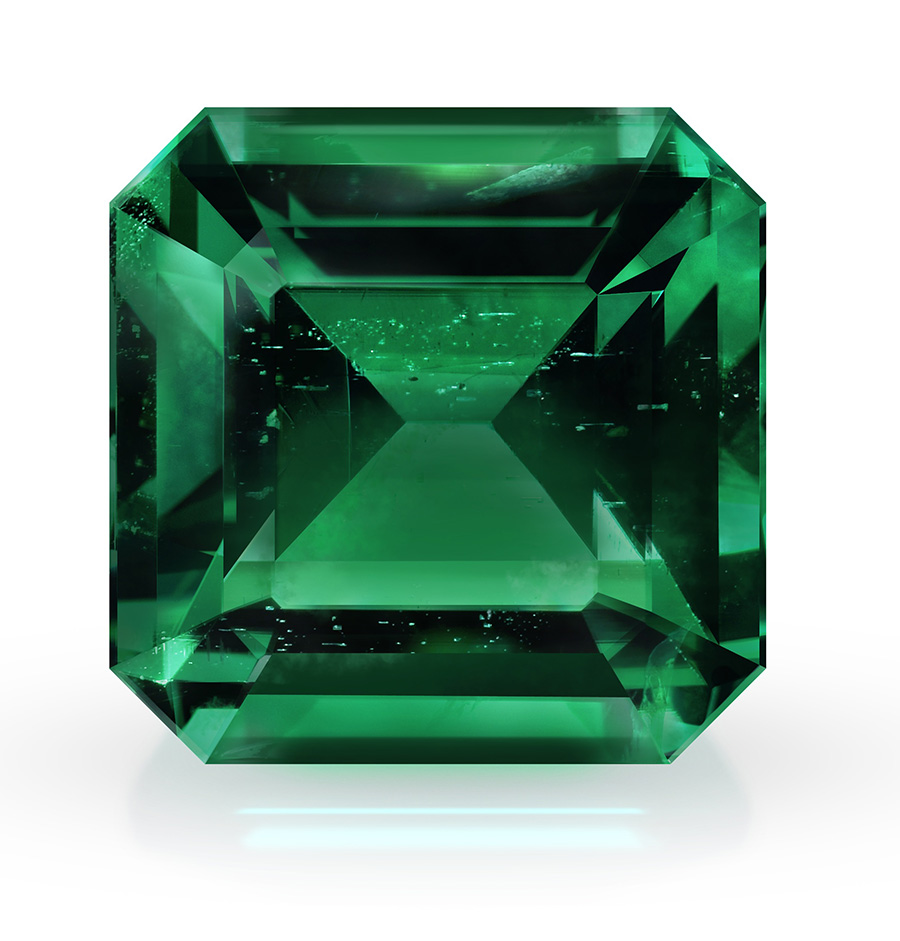
13. **Emerald Green Sunset: The Celtics’ #36 Final Chapter**The Boston Celtics, always on the lookout for a competitive edge, saw an opportunity to bolster their roster when Kobe Bryant publicly commented on having more championship rings than O’Neal. This, coupled with Celtics principal owner Wyc Grousbeck’s interest, led to discussions about bringing the legendary center to Boston. Celtics coach Doc Rivers agreed to the signing under strict conditions, emphasizing that O’Neal would receive no preferential treatment and was expected to avoid any locker room issues, a clear nod to his past experiences in Los Angeles and Miami.
On August 4, 2010, the Celtics officially announced they had signed O’Neal to a two-year contract at the veteran minimum salary, totaling $2.8 million. While O’Neal had initially sought a more substantial mid-level exception contract, the Celtics ultimately allocated that to Jermaine O’Neal, indicating a pragmatic approach to roster construction. The Atlanta Hawks and Dallas Mavericks had also shown interest but stalled on O’Neal’s salary demands. He was formally introduced by the Celtics on August 10, 2010, choosing the jersey number 36 for his final professional stop.
Upon joining the Celtics, O’Neal, ever the showman, shared his perspective on his motivations. He playfully remarked that he did not “compete with little guys who run around dominating the ball, throwing up 30 shots a night—like D–Wade, Kobe.” Instead, he declared his competitive focus was squarely on Tim Duncan, explaining, “If Tim Duncan gets five rings, then that gives some writer the chance to say ‘Duncan is the best,’ and I can’t have that,” highlighting his enduring drive to protect his legacy among the league’s all-time greats.
However, O’Neal’s tenure with the Celtics was significantly hampered by ongoing health issues. He missed extensive time due to injuries, limiting him to just 37 games during the season. This reduced playing time, coupled with his physical limitations, meant his on-court impact was diminished, as he averaged 9.2 points and 4.8 rebounds—both career lows. Despite these challenges, the Celtics made a strong playoff run, ultimately failing to reach the NBA Finals. Following the conclusion of the 2010–11 season, Shaquille O’Neal’s illustrious nineteen-year NBA career, which saw him play for six different franchises, officially came to an end. Though his final season was plagued by injuries, his overall legacy of dominance, power, and singular presence remained firmly intact, a testament to his incredible longevity and enduring impact on the game.
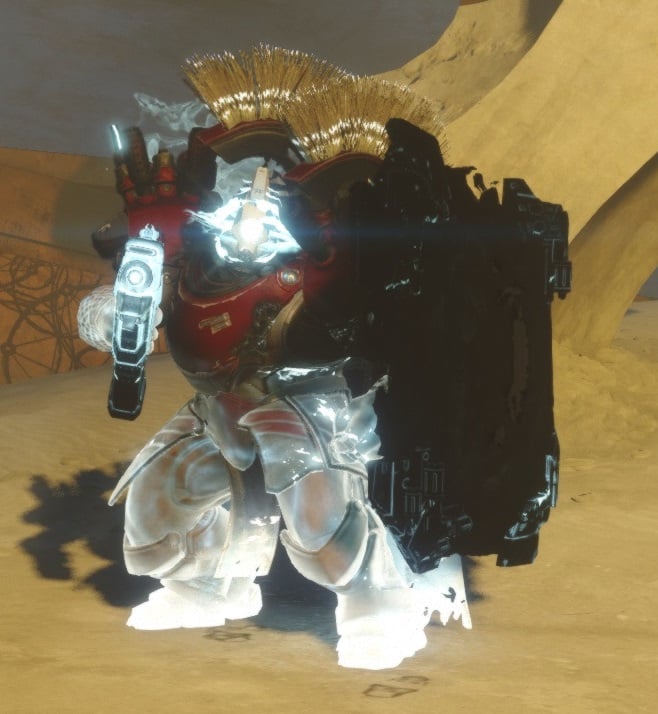
14. **The Enduring Echo: Shaq’s ‘Footprints’ Beyond the Hardwood**Shaquille O’Neal’s retirement from professional basketball did not signal a retreat from the public eye; rather, it marked a dynamic transition into a new chapter of his career, one that has seen him become a ubiquitous and beloved figure in sports and entertainment. Immediately following his playing days, O’Neal seamlessly transitioned into his role as a sports analyst on the highly popular television program, *Inside the NBA*, where his candid insights, infectious humor, and deep understanding of the game have made him a fan favorite and a staple of basketball commentary.
Beyond the realm of sports analysis, O’Neal has cultivated a surprisingly diverse and successful music career. He released four rap albums, with his debut, *Shaq Diesel*, achieving platinum status, and his second, *Shaq Fu: Da Return*, going gold, showcasing a genuine talent and passion for the genre. Further expanding his musical ‘footprint,’ O’Neal has also embraced electronic music production and become a touring DJ, performing under the moniker Diesel, bringing his energetic personality to clubs and festivals around the world.
His larger-than-life persona has naturally translated into the entertainment industry, where O’Neal has appeared in numerous films, demonstrating his versatility on the big screen. He has also starred in his own reality television shows, including *Shaq’s Big Challenge* and *Shaq Vs.*, offering audiences a glimpse into his personal life and competitive spirit. His engaging presence extends to the audio landscape, where he hosts *The Big Podcast with Shaq*, further connecting with fans through candid conversations and humor.
O’Neal’s entrepreneurial and administrative ‘footprints’ are equally impressive. From 2013 to 2022, he was a minority owner of the Sacramento Kings, demonstrating his commitment to remaining involved in the NBA. He has also taken on leadership roles as the general manager of Kings Guard Gaming in the NBA 2K League and the general manager of the Sacramento State Hornets men’s basketball team, proving his dedication to fostering talent both on the digital court and in collegiate athletics.
Ultimately, Shaquille O’Neal’s career is defined by an unparalleled legacy of dominance and a remarkable array of accolades. He stands as one of the greatest basketball players and centers of all time, a four-time NBA champion, and a towering figure whose influence transcended the court. His individual achievements include the 1999–2000 Most Valuable Player (MVP) Award, the 1992–93 NBA Rookie of the Year award, 15 All-Star Game selections, three All-Star Game MVP awards, three Finals MVP awards, and two scoring titles. He also earned 14 All-NBA team selections and three NBA All-Defensive Team selections, a testament to his all-around excellence. He is one of only three players, alongside Willis Reed and Michael Jordan, to win NBA MVP, All-Star Game MVP, and Finals MVP awards in the same year (2000), a truly singular accomplishment. His name is etched in the record books, ranking 9th all-time in points scored, 6th in field goals, 15th in rebounds, and 8th in blocks. Recognized as one of the league’s greatest, he was named to both the NBA 50th Anniversary Team in 1996 and the NBA 75th Anniversary Team in 2021, and rightfully inducted into the Naismith Memorial Basketball Hall of Fame in 2016 and the FIBA Hall of Fame in 2017. His astounding 58.2% career field goal percentage, leading the league ten times, highlights his unmatched ability to score from close range, particularly through powerful dunks, cementing his legendary status as a player whose colossal ‘footprints’ reshaped the very fabric of basketball history and left an indelible mark on global culture.

